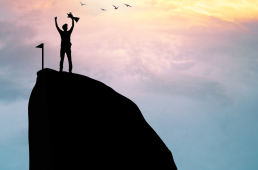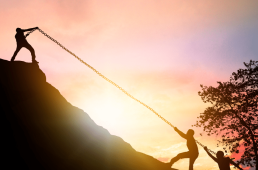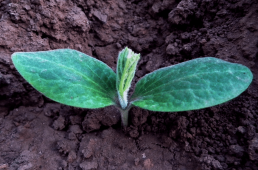George Washington, the first president of the United States and considered the father of the American nation, miraculously survived the difficult War of Independence and could have left his mark on the pages of history for a long time, had his doctors not treated him. His personal doctors correctly diagnosed his inflammation, but the treatment they chose to give left him with no chance. During the last hours of his life in December 1799, Washington underwent no less than 5 bloodlettings, which drained half of the blood from his body, and he died prematurely with his hands crossed over his chest. Unfortunately for George Washington, medicine at the time was an eclectic collection of prejudices, rumors, and improvised treatments.
We owe the development of modern medicine to a simple invention, the controlled clinical trial. A young Scottish doctor named James Lind was looking for a way to deal with sailors’ greatest enemy of his time, scurvy; two out of three sailors died because of the disease, far more than those killed in battle. He divided the salts that showed signs of illness into groups and followed a different diet for each group, soon the salts fed on oranges showed signs of recovery, and modern medicine was born. The bloodletting survived for some time, but ten years after Washington’s death, it too was tested in a controlled experiment and found to be useless and harmful, and its status began to wane. To this day, controlled clinical trials ensure that only drugs with real and proven effects reach pharmacy shelves.
But there is a whole family of treatments that are not subject to approval and do not meet the strict standards of a controlled clinical trial, how effective are these treatments? This is a weighty question in light of the central place that alternative medicine occupies in the Western world, in many cases it receives institutional backing, and alternative therapists cultivate a prestigious and new-age image of the profession. Global spending on alternative medicine is estimated at the imaginary sum of £40 billion, and in the US alone, one in three citizens uses alternative treatments.
Although the stated goal of both authors is to write an unbiased guide to what works and what does not, in fact the book lays out a much broader angle, the authors do not decide fate on their own initiative on any treatment, but devote an entire chapter to explaining the scientific method and why it is the best way we know today to determine what works and what does not, and only then review the thousands of cases that have been made about the various alternative treatments and let the reader draw the conclusions. Four chapters are devoted to a particularly in-depth examination of acupuncture, chiropractic, herbal medicine, and homeopathy. Of these four, only herbal medicine comes out of the examination with dignity, and even that is only for a very limited collection of phenomena. The rest present an exhilarating mix of myths, charlatans, prejudices, psychological effects [placebo] and a lot of money. In other words, if alternative therapies were subject to the same tests that licensing bodies impose on conventional drugs, none of the treatments would be licensed! Not one. The bigger picture is even worse, since many alternative medicine consumers neglect conventional treatment that could have saved their lives, and alternative treatment has dangerous side effects that sometimes even end in unnecessary death. And when comparing the effect of most treatments to sham treatment, it simply becomes clear that the area that involves unnecessary expenses and danger to health should be avoided as much as possible. This is a very important book that, even if you disagree with its findings, is simply impossible to ignore. Or, as the British Daily Mail put it, “a definite – if controversial – guide to what works and what doesn’t.”
Happy reading!








